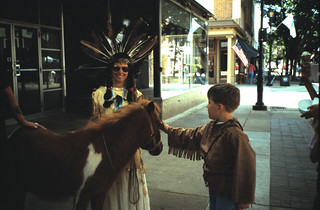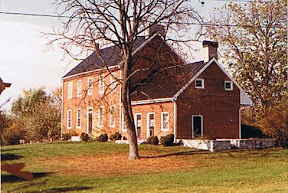 In 1987, PHW coordinated the production of “The Architecture of Historic Winchester Coloring Book” to bring architecture to children in a way they can understand. The books were both a fundraising item for PHW and used in the elementary schools as an educational tool. Twenty illustrations of local landmark buildings were drawn by Daniel Morgan Middle School and Handley High School students, under the direction of art teacher Ronald Fabin.
In 1987, PHW coordinated the production of “The Architecture of Historic Winchester Coloring Book” to bring architecture to children in a way they can understand. The books were both a fundraising item for PHW and used in the elementary schools as an educational tool. Twenty illustrations of local landmark buildings were drawn by Daniel Morgan Middle School and Handley High School students, under the direction of art teacher Ronald Fabin.
Landmarks included in the coloring book encompass the Red Lion Tavern, The Old Frederick County Court House, Christ Episcopal Church, the old John Kerr School, Mt. Hebron Cemetery Gatehouse, and Handley High School.
Recently a collection of negatives used in producing the line drawings was found in PHW’s files. The photos include some of the properties listed above, and also a few that didn’t make the cut, like the Aulick House at 414 S. Braddock St., the Wisteria House, and 617 S. Washington St. Most fascinating was the surprise image of the Aulick House, making this only the third known photo of the building prior to the arson. View the photo set on Flickr.
PHW does not have a copy of the completed coloring book in our files. If you have “The Architecture of Historic Winchester Coloring Book,” please consider donating it to PHW.







